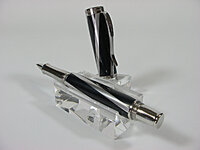Using a laser has been mentioned. One thing I will note is that, if you go this route, make sure you have good ventilation. The fumes from cutting abalone 1) stink and 2) are quite toxic. That said, when I was tinkering with abalone, I got a sample pack from Aqua Blue Maui. If I remember correctly, they work in the shellfish industry and this is a repurposing of what would otherwise be scrap. Good selection and good prices but the main reason I went with them is they have the ultra thin sheets. Much easier to cut, but you have to be careful because the un-backed ones can be brittle (ie. snap them in your fingers if you aren't careful). Hope that helps.

